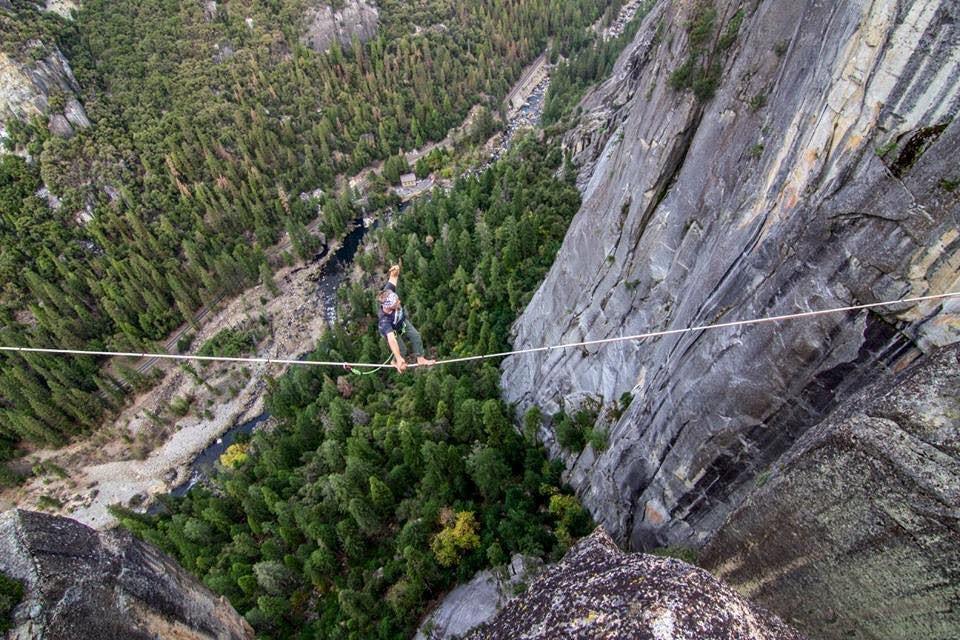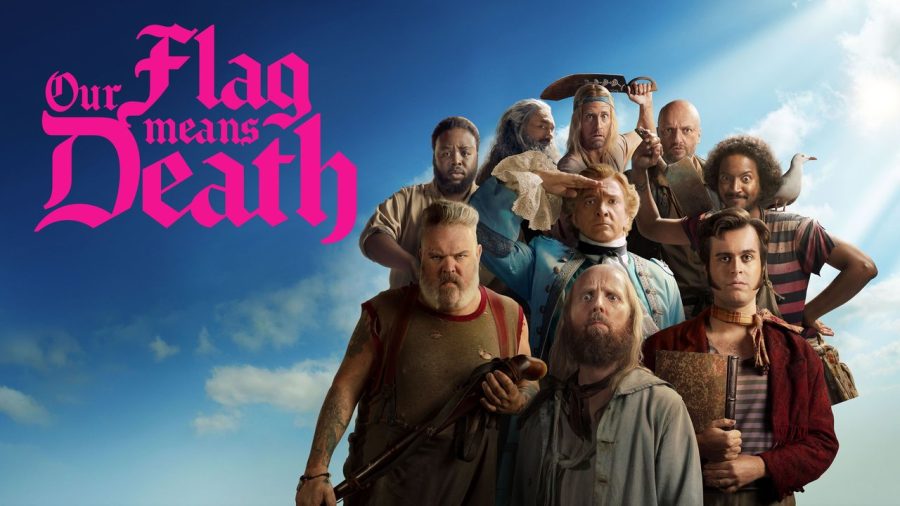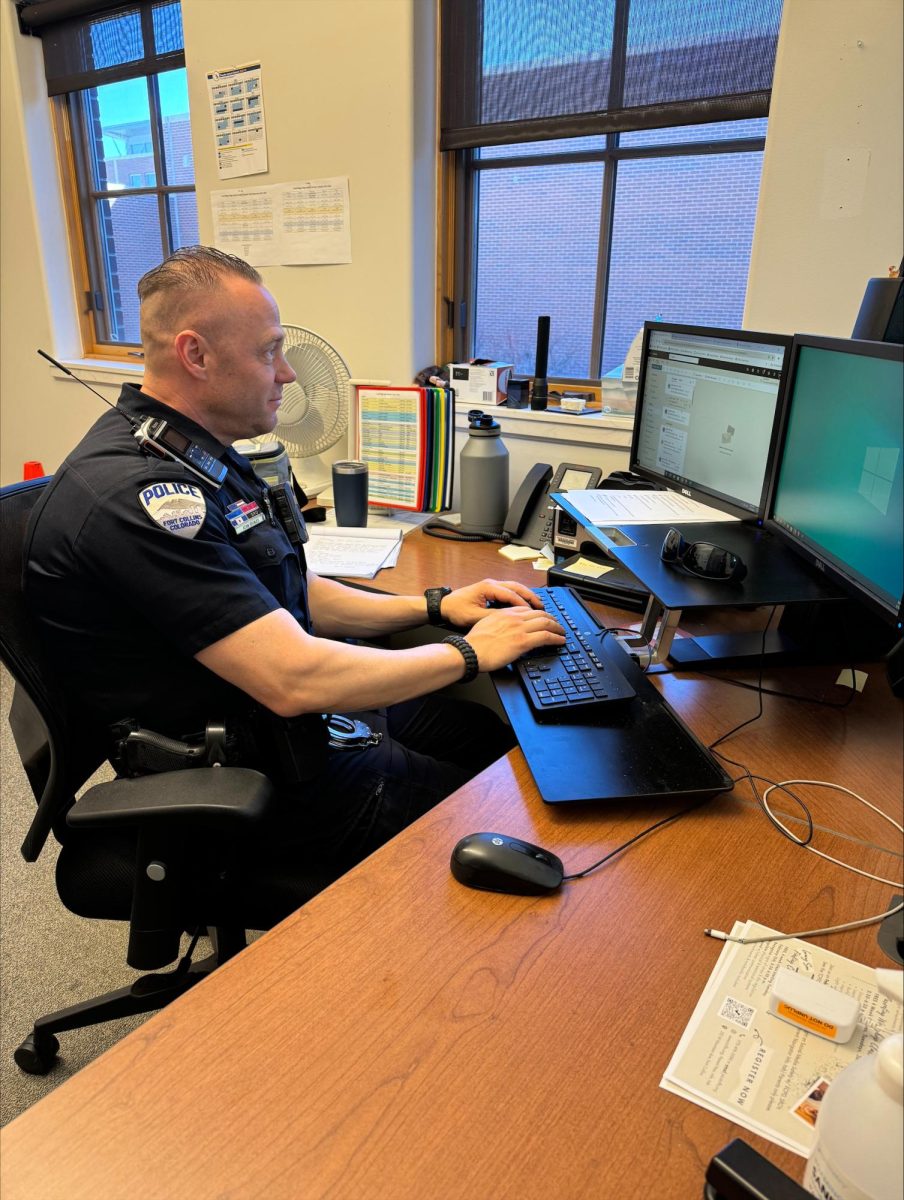[slideshow_deploy id=’13522′]
On the way back from their most recent slacklining adventure in Las Vegas, the Rocky Mountain Slackline team was exhausted but ready for their next expedition. Slacklining is a sport of balancing on a 1′ strip of webbing and walking across or doing tricks on the line. Taking courage, fitness, and stability to the next level, the Rocky Mountain slackliners have been doing this for years. The team consists of Dakota Collins, Davis Dailey, and Julian Dondelinger. The Rocky Mountain Slackliners aren’t alone in their love of slacklining. The sport has become a popular outdoor activity and there is a large online slacklining community on Facebook with over twenty thousand members.
“Slacklining has the ability to benefit one’s body, mind and soul. It is the greatest thing that has ever happened to me. It has taught me discipline and freedom, relaxation and overcoming fear and most importantly slacklining has taught me how to Balance,” Dailey explains. He has been working on the sport for five years now, and loving every second of it. “When we started we definitely slacklined pretty avidly, like every day, and I’d say within a couple weeks we were somewhat proficient,” says Dailey.
Slacklining has taken Dailey and his team all over the country including places such as Joshua Tree and Yosemite in California and Moab, Utah. For Dailey, Yosemite has been the most exciting and Moab one of the most challenging. “It’s kind of a harsh environment. The rock quality isn’t very good, so it’s kind of scarier in that regard.”
Getting started is relatively inexpensive. For under a hundred dollars someone could get a basic slackline. More advanced individuals invest more as the lines that they walk become more elaborate. And those complicated lines can be difficult just to set up, nonetheless walking across a 1′ wide line. In some locations it’s a major challenge getting the line across an expanse. It can take as long as six to eight hours when climbing and rope work is involved.
So how safe is a sport where you balance on a thin piece of web, sometimes very high above the ground? According to Dailey, who has been as high as 2400 feet above the ground, if you take the proper precautions when setting up the lines, it’s very safe. People have spent years developing redundant safety systems, which means that even if the line fails at one point, it won’t fail overall. Also, the lines are properly rated for the loads that are put on them. “While we’re walking the lines we’re definitely tied into them, so it’s OK to fall. We fall all the time, and it’s definitely not a big deal if you fall.”
What does the future of slacklining hold? Dailey believes the focus of the sport will become more about how challenging it is to get to the line and how exposed the line is. One day maybe there will even be slacklines on Mt. Everest. Dailey and his team encourage people to try slacklining just for the outcome, even if they have no experience.
[socialpoll id=”2337096″]



















